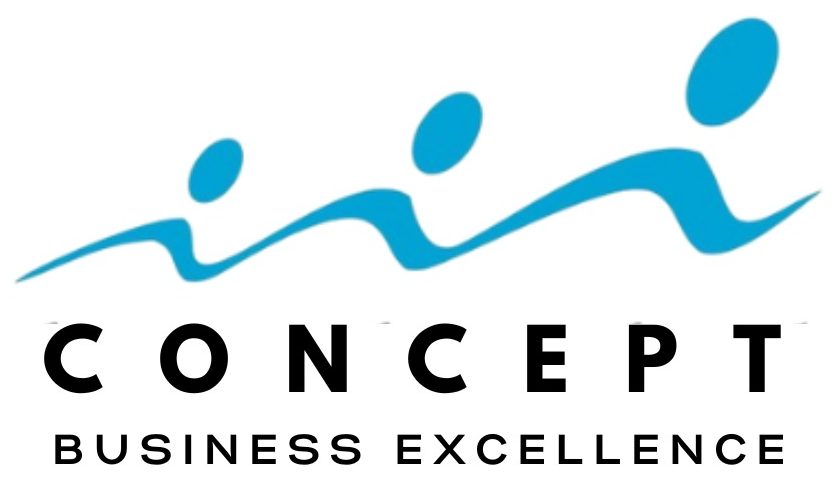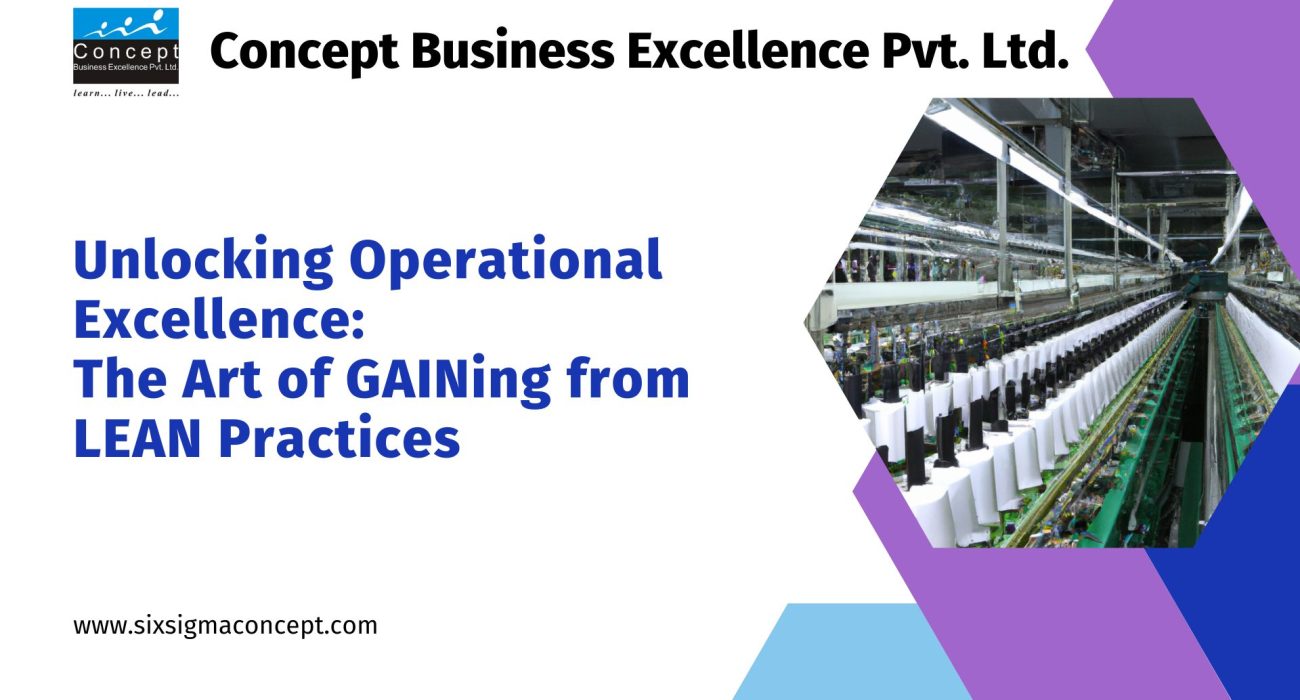Introduction
In the competitive realm of textile manufacturing, the perpetual struggle to optimize efficiency and reduce costs is ever-present. However, our client, specializing in the machining of textile machinery components, has successfully navigated these challenges, rewriting its own rules through a series of impactful improvements by adopting the various tools of lean manufacturing.
Challenges
- Low employee and material movement efficiency: Movement delays and redundancies hindered productivity.
- Limited production output: The daily output of 32 units fell short of its potential.
- High per-piece employee cost: Profitability margins were strained with a per-piece cost of INR 60k.
The Transformation
Instead of accepting the status quo, the unit embarked on a transformative journey, implementing innovative changes across key areas:
- Streamlined workflows: Optimized movement routes for both employees and materials, eliminating backtracking and minimizing delays.
- Reduced setup time: Standardized setups and eliminated unnecessary equipment adjustments, resulting in significant time savings.
- Improved communication: Implemented visual boards and clear instructions to minimize confusion and rework, fostering better communication across teams.
- Employee empowerment: Encouraged employee suggestions and implemented feasible improvements, creating a culture of continuous improvement.
- Workplace excellence: Embraced the PEEP concept of 5S to enhance workplace organization, ensuring easy retrieval of spares, tools, and resources.
- Reduced breakdowns: Initiated Autonomous Maintenance activities on critical machines, resulting in a notable decrease in breakdowns due to operators’ proactive care of equipment.
- Improved Material flows: Adopted the kanban system for replenishment of critical items, effectively preventing stockouts and ensuring smooth material flows.
The Results
The implementation of these strategic changes delivered remarkable outcomes:
- Material & employee movement reduction: Achieved an impressive 45% reduction in overall movement.
- Productivity increase: Realized a substantial 25% improvement in overall productivity.
- Per-piece employee cost reduction: Significantly reduced per-piece employee costs by an impressive 50%.
- Machine breakdown reduction: Experienced a notable 80% decrease in machine breakdown incidents.
- Searching time reduction: Successfully reduced searching time by an impressive 80%.
A Beacon of Light:
This case study stands as a shining example of how strategic improvements within the often-overlooked machining unit can exert a profound influence on the entire textile manufacturing process. Through a dedicated emphasis on streamlined workflows, empowered employees, and a commitment to continuous improvement, the unit not only achieved significant cost savings but also paved the way for a more sustainable and productive future.
The Key Takeaway
This is an eye-opener for any industry considering the adoption of lean practices. It illustrates how lean tools can significantly enhance productivity, quality, delivery, safety, and employee morale, and reduce costs.


